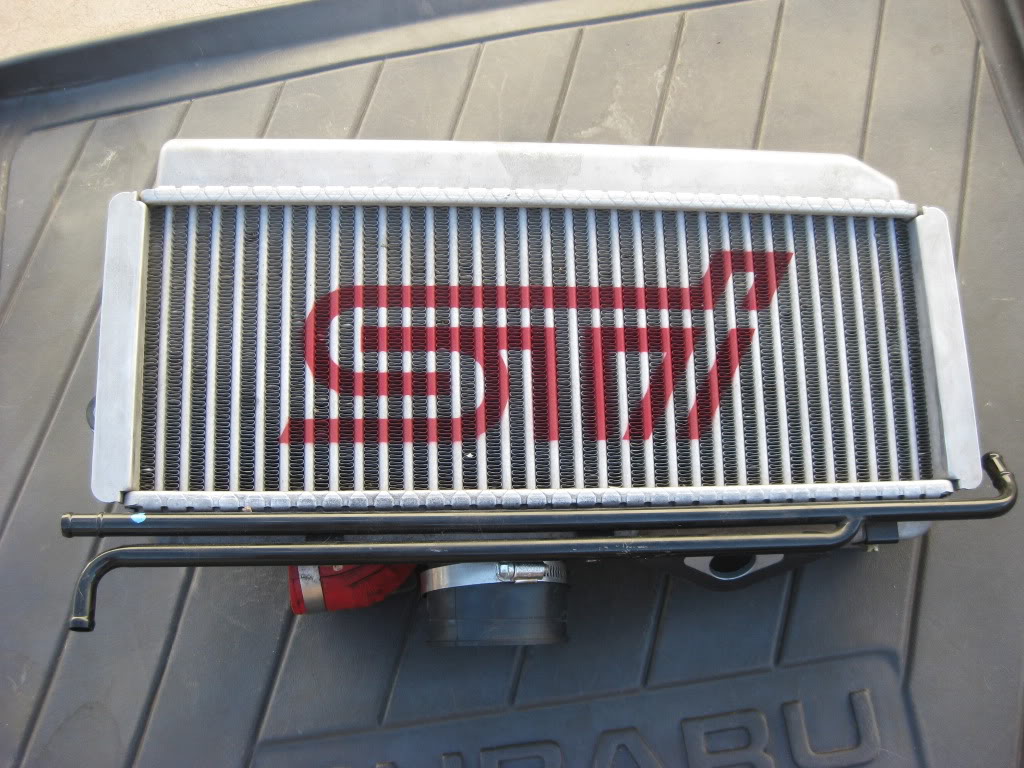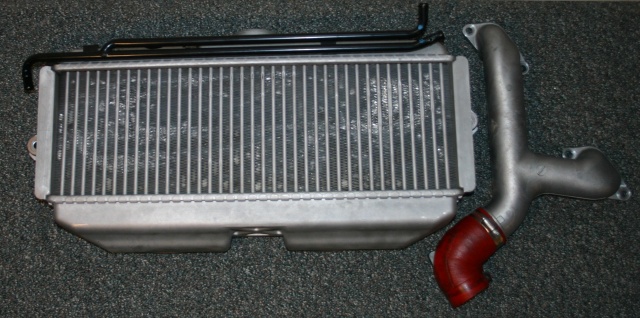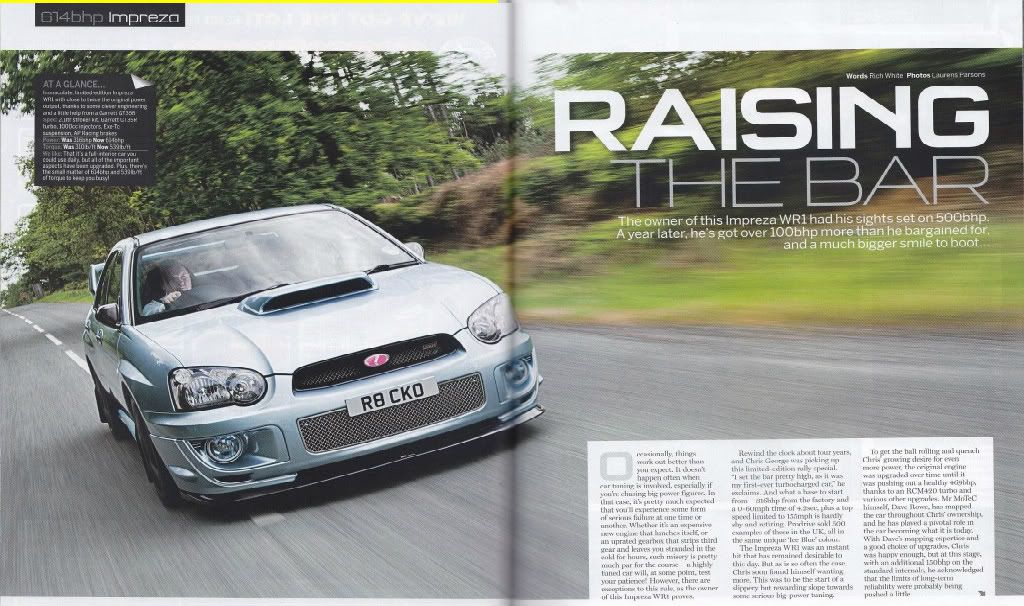Intake Turbo Subaru
The primary purpose of an aftermarket intake is to increase the amount of air flow the engine receives.
HP gain is 0-15HP. These HP figures are a range as different intakes have different dyno results.
What is an aftermarket intake? Aftermarket intakes can be broken down into two types:
1. Short ram: AKA shorty or ram pod.
2. Cold air intake: AKA CAI.
What does the stock intake look like? To gain a perspective on how aftermarket intakes function, the stock intake features will be shown and discussed for further clarity.
This is the stock intake as viewed from the driver’s side.
The “U” shaped assembly and the tank that connects to it on the left is commonly referred to as the snorkel, silencer, or resonator. It is actually hidden in the fender.
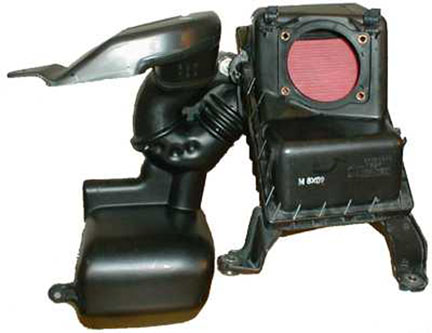
This is the stock intake as viewed from the passenger’s side.
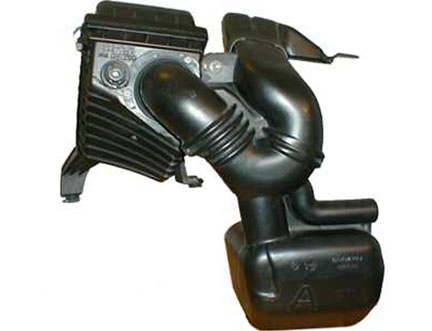
This is the stock intake as viewed from above.
1. Stock “ram intake” funnel.
2. Stock air filter box.
3. MAF sensor.
4. MAF sensor piping.
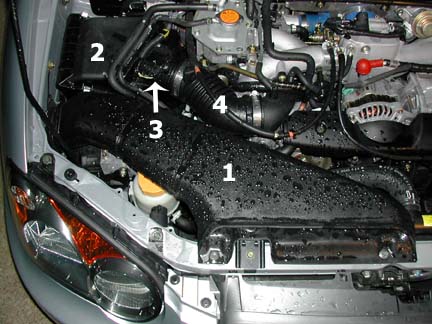
1. Stock “ram intake” funnel.
2. Stock air filter box.
3. MAF sensor.
4. MAF sensor piping.

